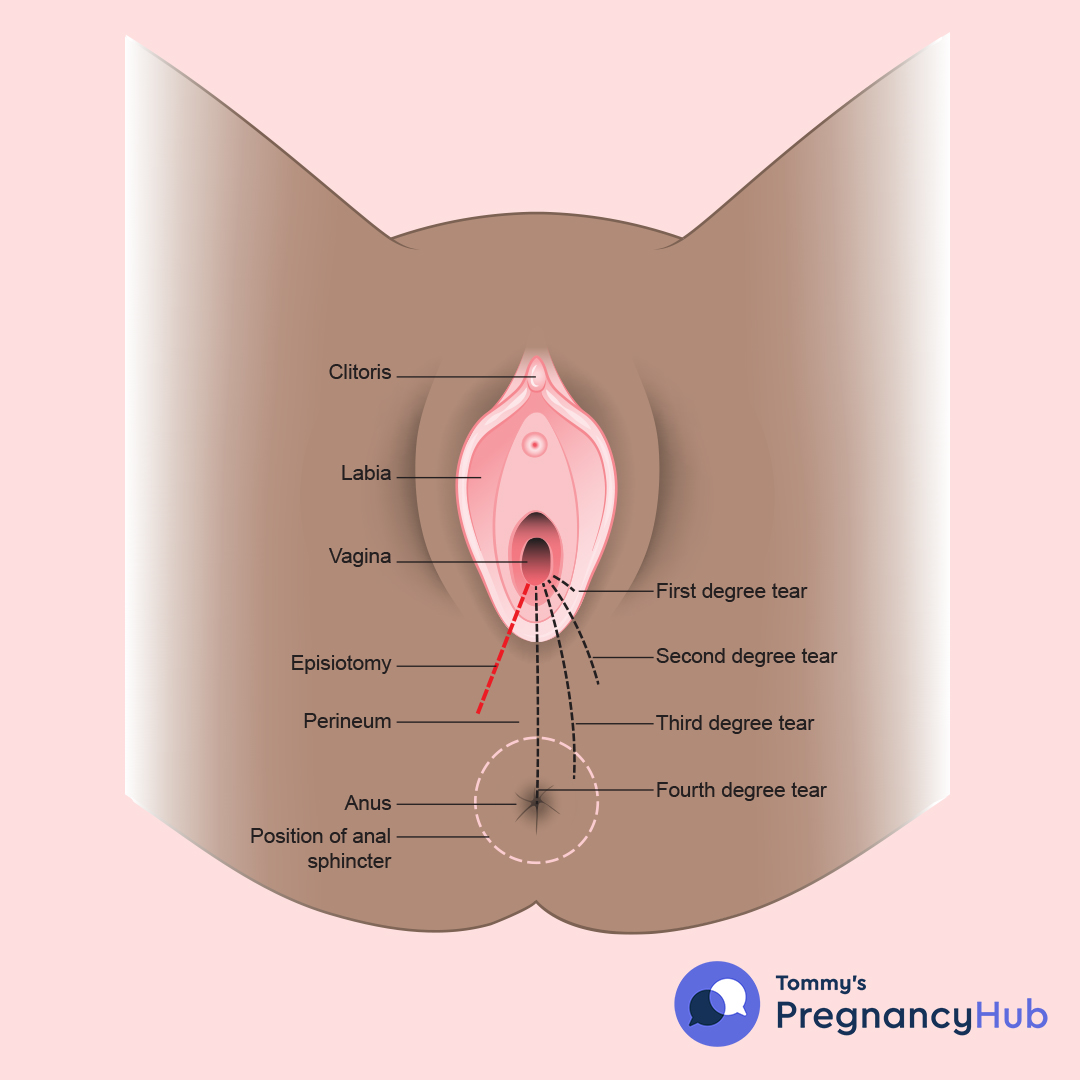
Understanding Perineal Tears and Episiotomies During Childbirth
Introduction
Childbirth is a transformative experience that can bring immense joy and fulfillment. However, it can also involve physical challenges, including the potential for perineal tears or episiotomies. These procedures can be necessary to ensure the safe delivery of the baby, but they can also cause discomfort and pain. Understanding the causes, risks, and recovery process associated with perineal tears and episiotomies can help expectant mothers make informed decisions and prepare for a positive birth experience.
Perineal Tears
A perineal tear is a rupture in the tissue between the vagina and the anus. It can occur during childbirth when the baby’s head or shoulders stretch the perineum beyond its capacity. Perineal tears are classified into four degrees based on their severity:
- First-degree tear: A superficial tear involving only the skin and mucous membrane.
- Second-degree tear: A tear that extends into the muscles of the perineum.
- Third-degree tear: A tear that extends through the muscles of the perineum and into the anal sphincter muscle.
- Fourth-degree tear: A tear that extends through the anal sphincter muscle and into the rectum.
Causes of Perineal Tears
Several factors can contribute to the occurrence of perineal tears, including:
- Size and position of the baby: A large baby or a baby in an occiput posterior position (face up) can put more pressure on the perineum.
- Speed of delivery: A rapid or prolonged labor can increase the risk of tearing.
- Maternal age: Older mothers are more likely to experience perineal tears due to reduced tissue elasticity.
- Previous perineal trauma: Women who have had previous perineal tears or episiotomies are at an increased risk of tearing again.
- Use of forceps or vacuum extraction: These instruments can put additional pressure on the perineum.
Episiotomies
An episiotomy is a surgical incision made in the perineum to prevent or enlarge an impending perineal tear. It is typically performed when the perineum is too tight or the baby is in a difficult position. Episiotomies are classified into two types:
- Mediolateral episiotomy: A straight incision made from the vagina towards the anus.
- Midline episiotomy: A vertical incision made from the vagina towards the rectum.
Risks of Episiotomies
While episiotomies can prevent severe perineal tears, they also carry some risks, including:
- Infection: The incision site can become infected if not properly cared for.
- Pain and discomfort: Episiotomies can cause significant pain and discomfort during healing.
- Scarring: Episiotomies can leave a scar that may be tender or painful.
- Pelvic floor dysfunction: In some cases, episiotomies can damage the pelvic floor muscles, leading to problems with urinary or fecal incontinence.
Recovery from Perineal Tears and Episiotomies
The recovery process from perineal tears and episiotomies can vary depending on the severity of the tear or incision. Here are some general tips for promoting healing:
- Keep the area clean: Wash the perineum gently with warm water and mild soap several times a day.
- Apply ice packs: Ice packs can help reduce swelling and pain.
- Take pain medication: Over-the-counter pain relievers, such as ibuprofen or acetaminophen, can help manage discomfort.
- Avoid straining: Avoid straining during bowel movements or urination.
- Rest: Get plenty of rest to allow the tissues to heal.
- See a healthcare provider: If you experience severe pain, bleeding, or signs of infection, consult a healthcare provider promptly.
Prevention of Perineal Tears and Episiotomies
While it is not always possible to prevent perineal tears or episiotomies, there are some measures that can help reduce the risk:
- Perineal massage: Massaging the perineum during the last few weeks of pregnancy can help stretch the tissues and make them more flexible.
- Warm compresses: Applying warm compresses to the perineum during labor can help relax the muscles and reduce tearing.
- Controlled pushing: Pushing slowly and gently during labor can help prevent excessive stretching of the perineum.
- Position changes: Changing positions during labor can help distribute pressure on the perineum.
Conclusion
Perineal tears and episiotomies are common procedures during childbirth. Understanding the causes, risks, and recovery process associated with these procedures can help expectant mothers make informed decisions and prepare for a positive birth experience. By following preventive measures and seeking appropriate medical care, women can minimize the risk of complications and promote optimal healing. Remember, every birth is unique, and the best approach for each individual will vary. Open communication with healthcare providers and a supportive birth team can help ensure a safe and empowering childbirth journey.